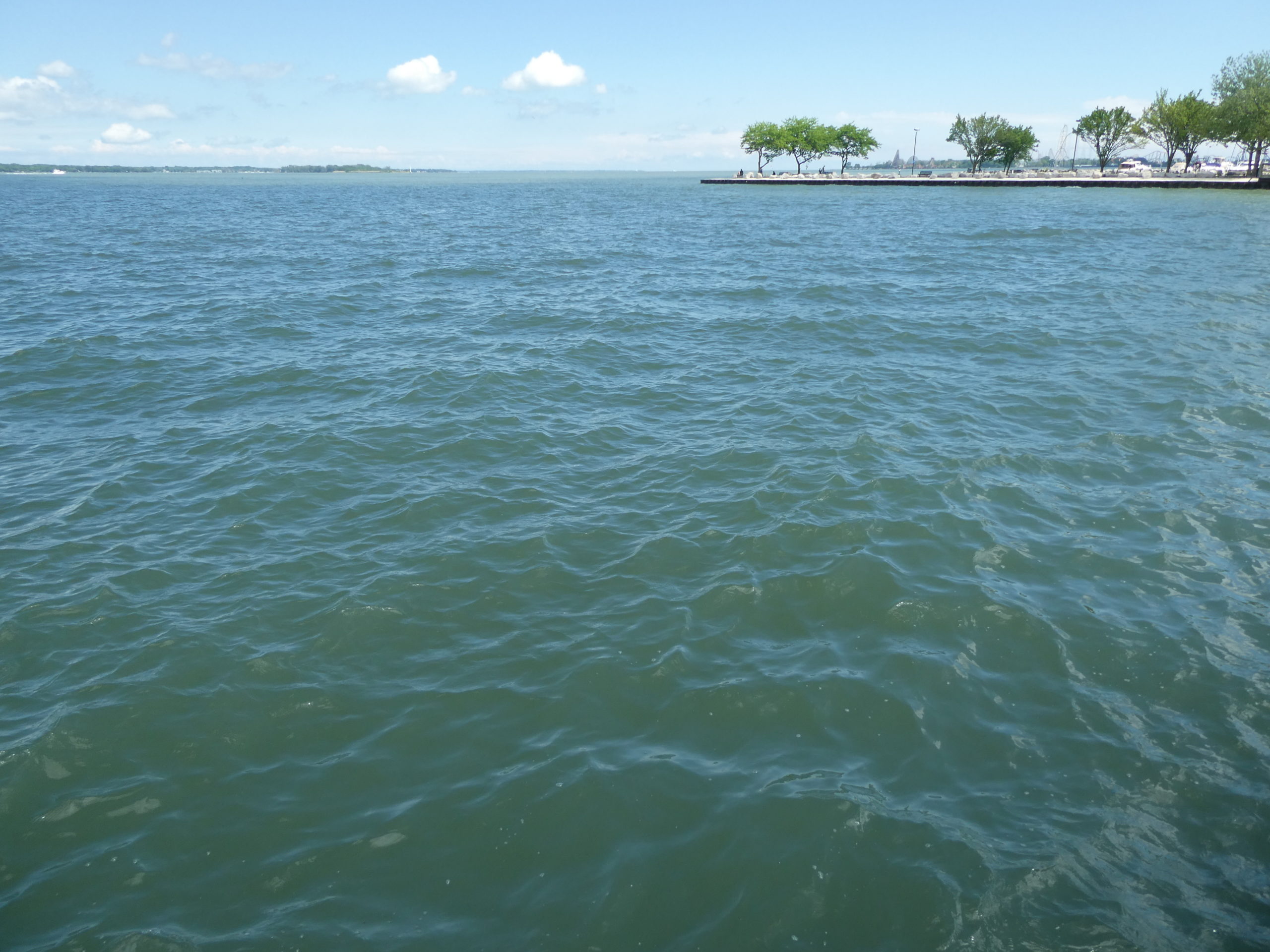
From fishing to enjoying a summer day at the beach, the Great Lakes provide enjoyment, comfort and a sense of home to the region. But these bodies of water were not always secure, as the lakes and connecting rivers used to be considered dangerous due to high pollution spots.
The Great Lakes region has seen some of the most historic river fires. High levels of pollution in the waters led them to catch fire, stretching for miles on end and flowing into the Great Lakes. The Cuyahoga River fire in Cleveland, Ohio and the Rouge River fire in Detroit, Michigan were only four months apart from each other, causing a nationwide urgency. This resulted in the Clean Water Act of 1972.
“The main objective of the Clean Water Act is to go after point source pollution,” environmental law attorney and urban policy expert Nick Schroeck said, “making people have to get permits if they want to dispose of heavy pollution that is mainly found in huge factories or companies that deal with heavy waste.”
Related:
Biden’s First Year: An infrastructure win, but climate and justice plans struggle
Legal Translation: Environmental attorney explains the latest on Enbridge Line 5 news
Within the laws of the Clean Water Act is a subsection that is tied directly to the Great Lakes: the Great Lakes Critical Programs Act of 1990.
“Although the United States and Canada, working together, have made much progress in cleaning up the Great Lakes, much work remains to be done,” former president George Bush said in his statement on signing the Great Lakes Critical Programs Act of 1990. “This Act will provide a substantial boost to our efforts by providing additional tools to make progress on much needed planning and cleanup activities.”
Over the years, many laws have changed parts of the Clean Water Act. The Great Lakes Critical Programs Act requires the Environmental Protection Agency to “establish water quality criteria for the Great Lakes addressing 29 toxic pollutants with maximum levels that are safe for humans, wildlife, and aquatic life,” according to the EPA.
The amendment was signed by the U.S. and Canada and also required the Great Lakes National Program Office to take on new responsibilities and tasks, such as identifying areas where hazardous spills were happening frequently as well as weaknesses in already established regulations which resulted in slow responses.
“(The act) directs Great Lakes states to adopt water quality standards, anti-degradation policies and implementation procedures consistent with such guidance,” according to the amendment’s summary.
The Great Lakes Critical Programs Act led to the improvement of the Great Lakes through critical observation and education. The condition of the waters has greatly improved, reaching levels that are safe for food consumption, wildlife survival and human interaction, leaving a significant impact on the history and culture of the region.
But the work is not over. As more chemicals emerge as a result of human decisions, the waters are exposed to new groups of toxins that were not around when the Great Lakes Critical Programs Act was enacted.
PFAS, scientifically known as polyfluoroalkyl substances, are found at high levels in the Great Lakes region in all bodies of water as well as soil, groundwater and now even the rain has traces of the “forever chemical.”
Related:
Study says drinking water from nearly half of US faucets contains potentially harmful chemicals
PFAS News Roundup: All fish tested from Michigan rivers contain ‘forever chemicals’, study finds
However, these chemicals and the impact they have on the environment is being addressed by legislators as more discoveries are made.
These laws have all contributed to the impressive Great Lakes region we have today. The acts enforced rules and regulations that resulted in point-source pollution decreasing tremendously, while also ensuring the water isn’t stripped of its natural chemicals and structures. The region has seen significant improvement since the river fires of 1969, bringing people back the waters they know and love.
Catch more news at Great Lakes Now:
“It’s a good thing”: Fishflies in Great Lakes region signify healthy water
Clean Water Act at 50: environmental gains, challenges unmet
Featured image: The Great Lakes. (Photo Credit: Natasha Blakely/Great Lakes Now)




